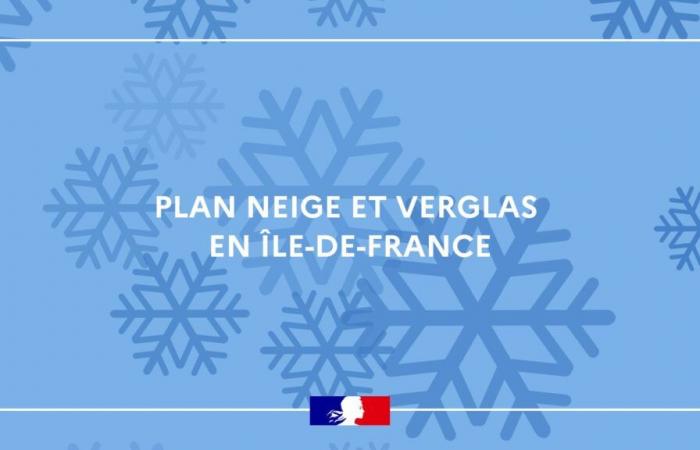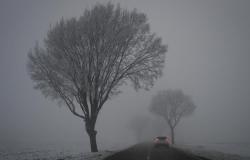
Updated on 21/11/2024
In winter, episodes of snow and ice can make travel difficult and dangerous. To protect users and limit disruptions, the Île-de-France Snow and Ice Plan (PNVIF) is implemented each year. This system is based on the anticipation of phenomena, the coordination of actions and communication with citizens.
What is the Snow and Ice Plan?
The PNVIF is a zonal plan signed by the prefects of Île-de-France. It involves many stakeholders: road network managers, law enforcement, emergency services, communities, and civil security associations. Its objective is to guarantee:
- Road viability (salting, sanding, and snow removal).
- Assistance to users in difficulty (accommodation and supplies).
- Coordinated management of impacts on transport, energy and essential services.
Weather monitoring levels
This plan provides for three levels of operational monitoring to adapt the mobilization of services to winter episodes:
The monitoring of the vigilance group (level 1) is permanently activated from November 15 to March 15.
The reinforced monitoring (level 2) is triggered by a vigilance group proposal when the Météo France vigilance map turns yellow and is accompanied by uncertainties about the risk of snow or ice.
Activation of the “Zone Traffic PC” or the “Crisis Traffic PC” (level 3) is activated by the zone Prefect, in the event of issue of an Orange or red vigilance card by Météo France in at least two departments, implying risks of road disruptions at the zonal level.
Weather alert levels and their implications
The PNVIF is based on Météo-France's meteorological vigilance system, which distinguishes four levels according to the intensity and impacts of winter phenomena:
Green Vigilance : No hazard identified. Services remain on standby. Users can travel normally but must be attentive to possible weather changes.
Yellow Vigilance : Moderate risk. Some localized disruptions due to snowfall or icy conditions are possible.
- Priority roads are starting to be treated preventively (salting and sanding).
- Drivers are asked to limit their non-essential travel and adapt their driving.
Vigilance Orange : High risk. The weather conditions are becoming seriously disruptive.
- Travel is not recommended unless absolutely necessary.
- The police can intervene to implement exceptional measures, such as speed limits or storage of heavy goods vehicles.
- Road managers are strengthening their interventions to secure priority routes.
Red Vigilance : Exceptional and dangerous phenomenon. Travel is extremely dangerous and may be prohibited on certain routes.
- Secondary roads may be closed to concentrate efforts on the main roads.
- Reception and accommodation centers are activated for stranded users.
- Local authorities coordinate emergency measures, such as medical transport or supplying isolated areas.
Vigilance levels are updated regularly by Météo-France and relayed by the Paris Police Prefecture and the prefectures of the departments concerned.
To get through the winter with complete peace of mind, stay informed of weather conditions and local instructions on the social networks of Météo France, the police headquarters and the Yvelines prefecture.





